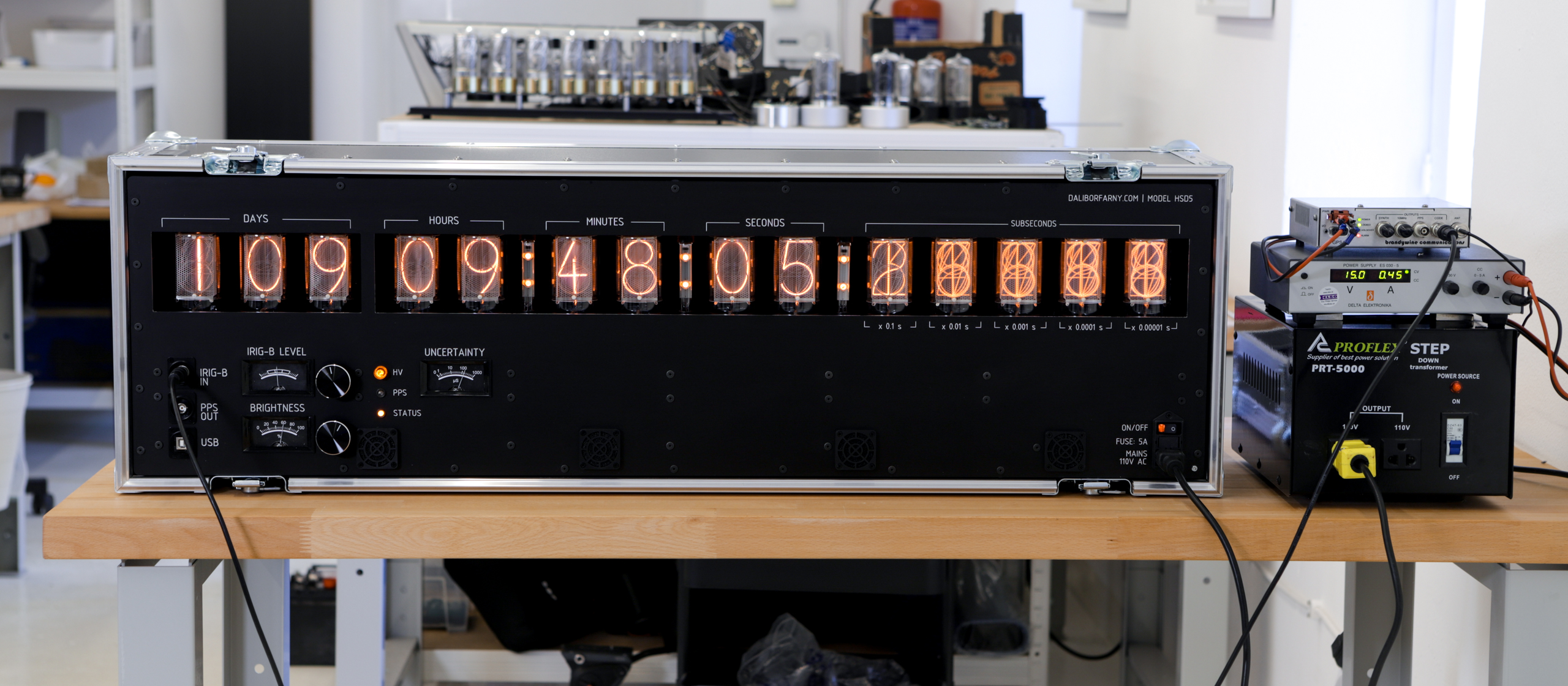Unbelievable surprise
Our unbelievable story began when we received an e-mail from the NASA. The request from the National Aeronautics and Space Administration was crystal clear – to create a display that would be photographed by high-speed cameras to verify the accuracy of their timing. For many years, NASA had used an old nixie tube display with a resolution of 0.001 seconds. Our challenge was even greater. To increase the accuracy to 0.0001 seconds.









